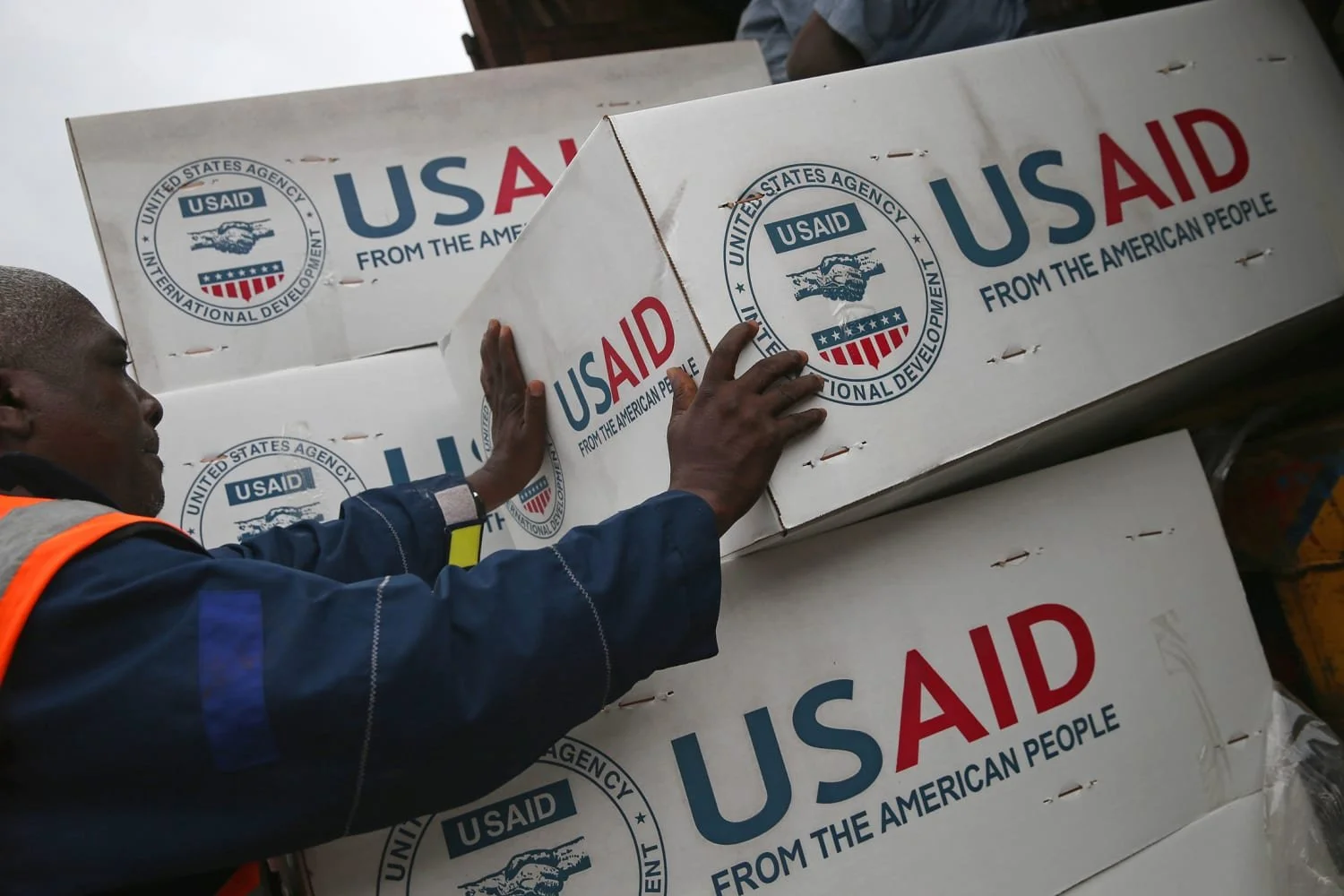How USAID’s Closure May Impact Mission Teams
-written by Rev. Matt Lacey, Executive Director of UMVIM, SEJ
It was a sight that made me proud to be an United Methodist and a clergy person. Along with other United Methodists and faith leaders around the world, I stood side by side with United States government leaders in Washington DC to celebrate the effectiveness of the Imagine No Malaria (sometimes also referred to as Nothing But Nets) campaign and to ask Congress for more funding to complete the task. It was 2012 and while the political climate was still tense, this was a rare bipartisan moment in which leaders came together to celebrate the program’s impact. There was one organization that played a big part in the campaign but in the end received little credit—USAID [United States Agency for International Development]. Without USAID and its network around the world, all the fundraising and aid would have been in vain because USAID’s infrastructure allowed the medication, literature, and more to get where it needed to go.
Many of us have heard of USAID, a taxpayer funded program of the United States Federal Government, but may not know the breadth of its work. The program started under President Kennedy in 1961 to address the staggering inequality that existed outside the United States and to help the United States’ image abroad during the Cold War. Over the decades USAID has helped fund and distribute aid of various kinds throughout the world—health care, medicine, job training, agricultural programs, and more. Alongside the aid itself, USAID has served as the infrastructure and transportation network to help distribute aid from other non-profits, non-governmental organizations [NGOs], and faith-based volunteer mission teams.
During the 2024 presidential election, President Trump campaigned on the elimination of waste, fraud, and corruption in the Federal Government. And while the closure of USAID was rarely mentioned outright, it didn’t take long under the President’s tenure for it to be shut down. For the first time in sixty years, the USAID program, including its staff, funding, and tangible aid to millions, ended abruptly. FEMA [Federal Emergency Management Agency] is rumored to undergo a similar transformation and downsizing even though (at the time of writing) over 100 individuals died last week during flash floods in Texas.
President Trump and many in his cabinet have labeled USAID as a vehicle of waste and fraud. And while USAID is far from perfect or the best example of efficiency, reported incidents of fraud and corruption are few and far between. The loss of the USAID program will not only be felt abroad but will also affect volunteer mission teams traveling from UMC churches in the USA to other countries.
As the Executive Director for United Methodist Volunteers in Mission in the Southeast Jurisdiction [UMVIM, SEJ], I have led many mission journeys to countries around the world and train and equip other United Methodists to do the same. As a result, I’m not only familiar with USAID but have seen its work firsthand. When leading a team to Haiti in February of 2010, I witnessed USAID workers give life saving aid to earthquake victims—necessities such as food, housing, and clean water. The aid didn’t solve every problem but in many cases it was the difference between life and death.
During one mission journey, I sat with malnourished children in Mozambique whose lives were saved by “Plumpy-nut,” a peanut-based nutritional paste which is made in the United States, bought by USAID, and transported overseas to treat hunger and malnourishment. That nutritional paste is now sitting in various warehouses, already paid for by taxpayers, spoiling and rotting.
USAID was closed in the name of fiscal conservatism and stewardship but has had the opposite effect: its closure has cost the US taxpayer 6 billion dollars thus far.
How will this closure impact Christian volunteer mission teams? Transportation networks maintained by USAID to move supplies and medicine have been shut down. As a result some supplies, including life-saving medicines, will cost more and health clinics staffed by volunteers may see a massive influx of individuals looking for help elsewhere. In addition, USAID’s closure will reduce funding, limit access to certain areas of the world, and compromise safety in some places. This has the potential to compromise the effectiveness of both secular and faith-based mission efforts. While mission journeys will continue, the impact and sustainability of volunteer teams will decrease.
Some will ask if the government should have any role whatsoever in charity and let the church and other private organizations step in to fill that role. While going back on forth on the merits of this argument, millions are at risk of losing their lives. USAID has long been a critical cog in worldwide charitable efforts, and developing any new program, government based or not, will take decades.
Though USAID has already shut its doors, your support and advocacy for it will not be in vain. Elected officials are still responsible to voters and many legislators have expressed skepticism at its closure. Churches with strong histories of mission service can educate their congregations about USAID’s closure and raise their voices together.
The church’s mission to reach out to those on the margins of society has become significantly more difficult. Many teams will need to step up to fill the void left, and come together in one voice to let those in power know the catastrophic effects USAID’s closure will have. This is a moment to work together and recognize that our faith supersedes any political party or opinion. Let us remember our collective calling to exemplify Christian love in action and remember those who are often forgotten.

